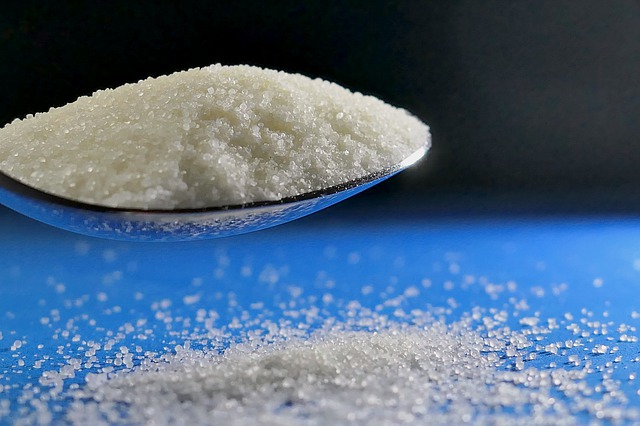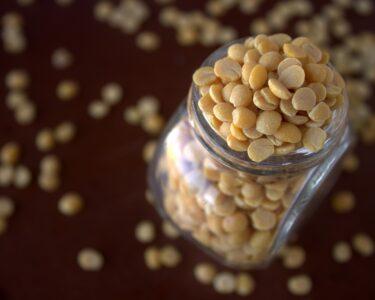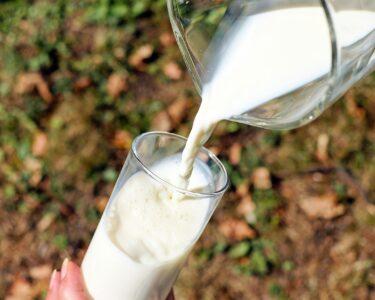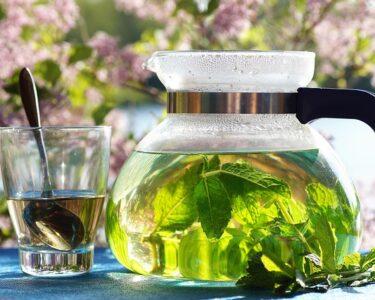Are you in your thirties? Do you check your blood pressure at least once a month? Hypertension or high blood pressure is a very common health issue. Prehypertension and hypertension currently affect nearly half of adults globally. If it is detected early, introducing a low-sodium diet can help a lot to control hypertension effectively. High salt and hypertension are closely related. (2)
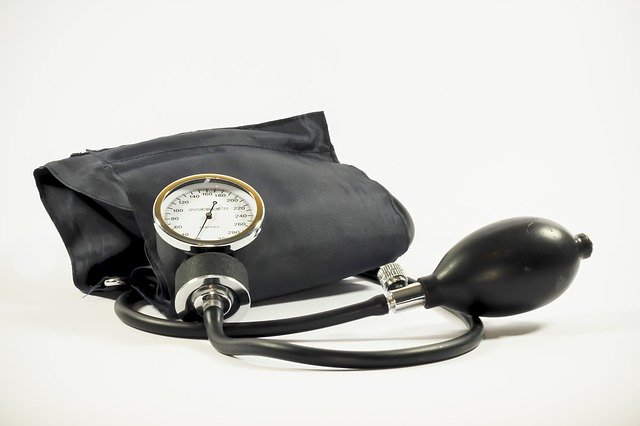
So, facts that we need to understand are-
- Relation between salt and hypertension
- How high salt intake increase blood pressure
- How much salt is recommended
- Benefits of reducing salt intake
- How to reduce sodium intake
But, what are hypertension and pre-hypertension? Hypertension is consistently high blood pressure, defined by a systolic blood pressure of 140 mm Hg or higher and diastolic blood pressure of 90 mm Hg or higher. (3) Pre-hypertension is a systolic blood pressure that is 120 to 139 mm Hg and diastolic blood pressure that is 80 to 89 mm Hg. (3)
If you are obese or lead a sedentary lifestyle or consume excess salt on a regular basis you might be the one to have high blood pressure.
Scientific studies revealed that there is a direct relationship between high body mass index (BMI) and high blood pressure (BP). Those individuals who lead a sedentary lifestyle are prone to hypertension. A sedentary lifestyle, lack of regular exercise also increase the risk of hypertension. Even modest levels of physical exercise can control blood pressure. Excessive intake of dietary sodium not only increases the risk of hypertension but it is also increasing the risk of stroke and other cardiovascular diseases. (4)
Salt and Hypertension- Excess salt intake is a major culprit inviting hypertension
Salt intake is high in most of the low-income countries and consequently, the prevalence of hypertension is also high in these countries. (2)
Most of us consume an excess amount of salt than the requirement. The average salt intake of an adult is too high and is generally between 9 to 12 grams per day. High salt intake is strongly related to developing hypertension, particularly with age.
Raised blood pressure invites other cardiovascular diseases. It contributes to 49% of all coronary heart disease and 62% of all stroke events.
Reducing the daily salt intake to 6 g (approximately 1 teaspoon of salt per day) is effective to reduce blood pressure. (5, 6) Scientific studies confirm that a modest reduction in salt intake lowers blood pressure in people with hypertension in all age groups, and all ethnic groups.
How salt and hypertension are related?

(7)
How excess salt intake increases blood pressure?
Kidneys maintain a delicate balance between sodium and potassium. It also maintains the water balance of the body. A high salt intake raises the amount of sodium in the bloodstream and distorts this delicate balance, thereby reducing the ability of the kidneys to remove the water. This causes fluid retention which increases the pressure exerted by the blood against blood vessel walls, causing high blood pressure. (8)
We are habitually consuming more salt than that is recommended
Yes, indeed, we are habitually consuming more salt than the recommended amount. It is estimated that our salt intake is around 9g per day that is we take an extra 3.2g salt in a single day and around 96g salt in one month, and 1Kg 168g salt in one year. This extra amount of salt is harmful to our body which invites many lifestyle disorders like hypertension (high blood pressure), cardiac problems, and obesity. (10) Restricting the daily salt intake within 5-6 g is a very useful strategy to maintain normal blood pressure. (2)
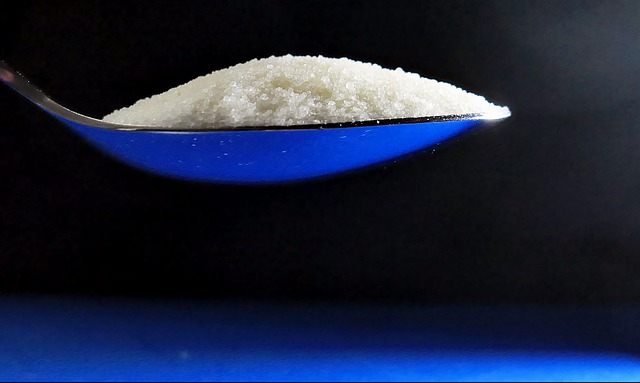
How much salt is recommended?
According to the World Health Organization (WHO), an adult should consume less than 2000 mg of sodium (sodium), or 5 g of common salt (sodium chloride) daily. (9)
U.S. dietary guidelines suggest that an adult should not consume more than 1 teaspoon of salt (5.8 g/day) in a day. Intake of this amount of salt supplies the required amount of sodium and chloride but does not cause any harm to our body. (10)
The 2015–2020 Dietary Guidelines for Americans recommend that Americans consume less than 2,300 mg of sodium each day as part of a healthy eating pattern. For individuals with hypertension or pre-hypertension, further reduction to 1,500 mg of sodium per day can result in greater blood pressure reduction. Ask your doctor whether you have any of these conditions. (11)
Summary
In most countries of the world, people are consuming an excess amount of salt than the requirement. The average salt intake of an adult is between 9 to 12 grams per day whereas the recommended salt intake is around 5 to 6 grams daily. So, we are taking almost double the amount of salt daily. Excess salt intake disrupts the body’s fluid and electrolyte balance and puts extra strain on the kidneys. It holds extra water in the body, increasing the blood volume and blood pressure. Directly extra salt intake increases blood pressure and indirectly increases the risk of getting cardiovascular diseases, renal disease, and dementia.
Benefits of reducing daily salt intake
The reduction in salt intake was accompanied by a decline in both systolic and diastolic blood pressure of 10 mm Hg or more. (9) There is scientific evidence that a moderate reduction in daily salt intake significantly reduces the blood pressure of hypertensive individuals as well as those with normal blood pressure. This is true in both white and black people and in men and women. These findings indicate the need for the reduction of daily salt intake. (2)
A reduction in salt intake contributed to the reduction of risk of heart disease and stroke, heart attacks, and heart failure. (9, 2)
The greater the reduction in salt intake, the fall in blood pressure is more. (2)
Relationship between reduced salt intake and hypertension
It is evident that there is a strong dose-dependent relationship between consuming too much salt and raised levels of blood pressure. When salt intake is reduced, blood pressure begins falling within weeks. Certain populations who consume low-salt diets do not experience hypertension with age that is seen in most of the Western countries. Reducing sodium intake lowers blood pressure, with greater effects among people with hypertension. (3)
For every 4 grams of salt reduction from average daily intake, there would be approximately a 16% reduction in deaths from strokes, and a 12% reduction in deaths from coronary heart disease, in any population.
Reducing salt is one of the quickest ways to reduce blood pressure, particularly if high blood pressure already exists. It is estimated that a reduction of salt by 6 g/d would lower blood pressure by 7/4 mm Hg in individuals with high blood pressure and 4/2 mm Hg in those with normal blood pressure.
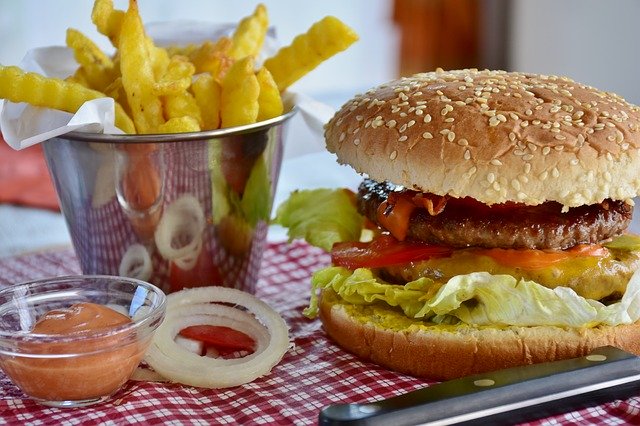
The relationships seen in these studies provide evidence that the recommendation to reduce salt intake to 5-6 g/day will have a major impact on blood pressure and a further reduction to 3-4 d/day will have a much greater effect.
People with or considered at risk of high blood pressure should take extra care to ensure that they keep their salt intake below the recommended maximum of 6 g. This can be achieved by simple changes, such as consuming less processed foods and checking product labels before purchase.
Experts recommend no more than 6 grams of dietary salt (i.e. 2.5 grams of sodium) daily. This makes it approx. 1 teaspoon of salt per day. A good amount of that (about 75%) is already present in processed meals, breakfast cereals, and bread.
Babies less than one year should not consume more than 1 gram of salt, whereas the recommended intake for young children changes as they grow bigger. (8)
The top 10 sources of sodium in our diets
Processed foods contain a higher amount of sodium than what is present in homemade foods. The following commonly consumed foods have high sodium content. (1, 12)
- Bread and rolls
- Pizza
- Sandwiches
- Cold cuts/cured meats
- Soups
- Savory snacks like chips, popcorn, pretzels, crackers
- Chicken
- Cheese
- Eggs
- Omelets.
The sodium content of fresh foods vs processed foods
The majority of sodium in our diets comes from packaged and restaurant food (not the salt shaker) and is a direct result of food processing. Even foods that may not taste salty can be major sources of sodium. Foods with only moderate amounts of sodium, such as bread, can be major sources in our diets because we eat so much of them. (3)
One fresh tomato (whole) provides only 6 mg of sodium but half (1/2) cup canned tomatoes (no salt added) supplies 20 mg of sodium whereas half (1/2) cup canned tomatoes (with added salt) provides as much as 220 mg of sodium. So, please avoid all types of processed foods and enjoy the seasonally available, fresh fruits and vegetables. (13)
Summary
Reducing the daily salt intake decreases both systolic blood pressure and diastolic blood pressure. The greater the reduction in salt intake, the more the fall in blood pressure. The salt reduction also reduces the risk of heart attack, stroke, and heart failure. Daily intake of one teaspoon of table salt (5 to 6 grams of sodium chloride) can be taken safely. Processed foods, restaurant foods, etc. supplies a large amount of salt in our diets, so, frequency of taking these foods should be reduced as much as possible. Whenever they are taken, they should be taken in less amount.
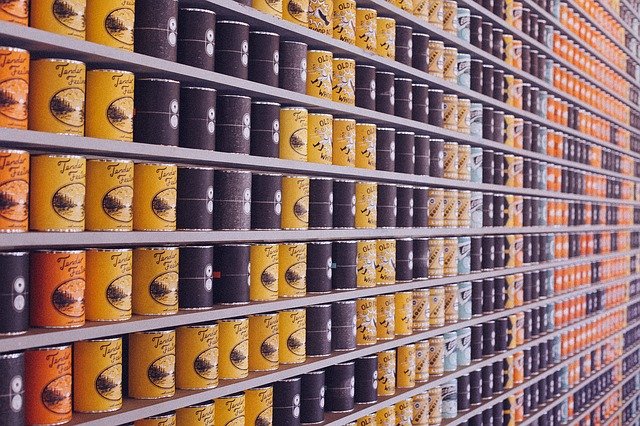
How to Reduce Your Sodium Intake?
If we are aware, we can reduce our daily salt intake. It is easy but we should follow the following doable tricks-
1. Habituate the children with low salt intake from early childhood: The tendency of high blood pressure starts to develop from childhood due to the excess salt intake and unhealthy lifestyle. Those children are habituated to take more salt intake from early childhood, their taste buds are habituated with that and it is difficult to reduce the salt intake later. So, it is needed to reduce the salt intake of the children.
2. Reduce the consumption of processed foods: Processed foods like crackers, cheese, and canned foods, etc are rich sources of sodium, so it is better to avoid these foods as far as possible.
Even processed foods that don’t taste “salty” have also high sodium content. For instance, the taste of breakfast cereals is not salty but they have high sodium levels.
3. Eat more seasonal fruits and vegetables instead of their preserved counterparts: Preserved foods are usually containing more salt than fresh foods. Moreover, preservation cause the loss of certain nutrients. So, you should eat more fresh foods and avoid preserved foods as much as possible.
4. Reduce the frequency of eating out: Restaurant meals usually contain high sodium levels, so it is useful to reduce the frequency of taking meals outside. Home-made foods are healthier than the meals prepared in restaurants.
5. Reduce the use of salt in your daily cooking: Choosing foods with lower sodium doesn’t mean losing flavor. Human taste buds cannot detect a minor reduction in the salt of about 30%. So, during cooking the interesting recipes at home, the homemaker can reduce the salt content gradually without a noticeable change in taste and smell.
6. Eat smaller portions of salty foods: There is no need to eliminate your favorite high-sodium recipes like soy sauce, salted pickles and fish, or salty cheese and. But reduce the frequency of taking these foods and whenever consumed, prepare in smaller amounts.
7. Discover reduced or no-sodium alternatives: Salt substitutes, including herbs and spices, and citrus fruits like lemon can provide more flavor with less sodium. For example, citrus and sodium activate the same taste sensors so that less sodium can be used when they are combined.
8. Partially substitute use of common salt with black salt: Commonly used table salt is pure sodium chloride (NaCl) whereas black salt is a natural salt, containing principally sodium chloride along with traces of other salts. Compared to table salt, black salt contains a comparatively lesser amount of sodium. 1g of common salt (sodium chloride) contains 390mg sodium whereas 1g of black salt contains 378.3mg of sodium. Moreover, black salt has many health benefits. Traditionally, it is used as a culinary item and as a medicine for a long back.
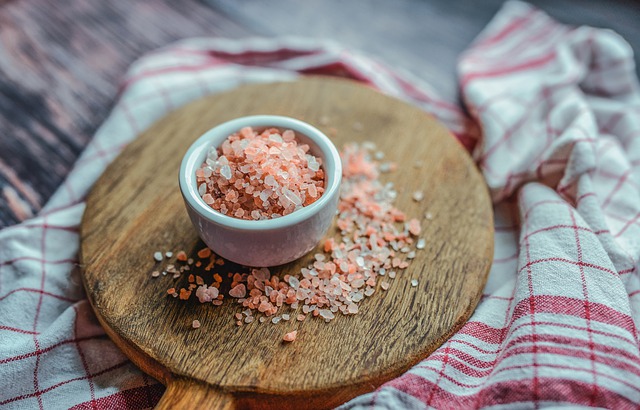
So, guys, you should increase your black salt consumption and reduce the intake of common salt. You may mix 500g of common salt with 500g of black salt to prepare the mixed salt for daily cooking. Otherwise, you may cook non-veg recipes using black salt and use common salt for cooking veg recipes.
Table-1: High Sodium foods vs low sodium foods (14)
| Type of Foods | High Sodium foods | low sodium Alternatives |
| Meats, Poultry, Fish, Legumes, Eggs, Nuts | Processed animal foods like smoked, cured, salted, or canned meat, fish, or poultry | Freshly slaughtered mutton and chicken, freshly caught fish, Eggs & egg substitutes |
| Nuts | Salted nuts | Unsalted nuts |
| Legumes | Canned beans with added salt | Fresh beans, Dry peas and beans, not canned low-sodium peanut butter |
| Dairy Products | Buttermilk, All types of cheese | Milk, Yogurt, Ice cream Low-sodium cheeses |
| Cereals and Grains | Bread and Rolls, Biscuits, Pancakes and waffle mixes, Pizza, Salted crackers | Muffins Most ready-to-eat cereals, All rice, and pasta, but do not add salt when cooking. Unsalted popcorn, chips, and pretzels Low-sodium crackers and breadsticks |
| Vegetables | Canned vegetables and vegetable juices, Vegetable pickles, Commercially prepared pasta, and tomato sauces, and salsa | Freshly harvested vegetables, Frozen vegetables without sauces, Low-sodium canned vegetables, sauces, and juices |
| Fruits | Processed fruits | All fresh fruits are low sodium foods, Dried fruits |
| Soups | Regular canned and dehydrated soup, broth, etc.Cup of noodles | Low-sodium canned and dehydrated soups, broth Homemade soups without added salt |
| Fats, Desserts, and Sweets | Soy sauce, seasoning salt, other sauces and marinades, Bottled salad dressings, regular salad dressing with bacon bits, Salted butter or margarine, Instant pudding and cake, Ketchup, mustard | Vinegar, unsalted butter or margarine, Vegetable oils, and low sodium sauces and salad dressings, Mayonnaise, All desserts made without salt |
Among us, many people habitually consume the almost double amount of salt each day than the daily recommended salt intake. Worldwide, high blood pressure is responsible for 62% of all strokes and 49% of all heart attacks. (15)
There are various types of flavoring agents and taste enhancers that can be used in cooking to prepare tasteful recipes even with using less amount of salt. Such types of recipes can delight your taste buds without raising your blood pressure.
Table-2: List of natural food ingredients used as flavoring agents and taste enhancers (16)
| Types of Foods | Particular Food |
| Fresh vegetables | Onions, Garlic, Shallots, Chilies, ginger |
| Spices | Cinnamon, Pepper, Fresh frozen dried herbs |
| Others | Lemon juice, Apple cider Vinegar, Red wine, White wine, Beer |
Summary
To Reduce Your Sodium Intake, you can use the following 10 tips-
- Habituate your child with low salt intake from early childhood
- Reduce the consumption of processed foods at more seasonal fruits and vegetables instead of their preserved counterparts.
- Reduce the frequency of eating out
- Reduce the use of salt in your daily cooking
- Eat smaller portions of salty foods
- Discover reduced or no-sodium alternatives
- Partially substitute use of common salt with black salt
- You should choose the low sodium alternative instead of high sodium foods
- You should use the natural flavoring agents and taste enhancers to make your recipes more tasteful without adding extra salt.
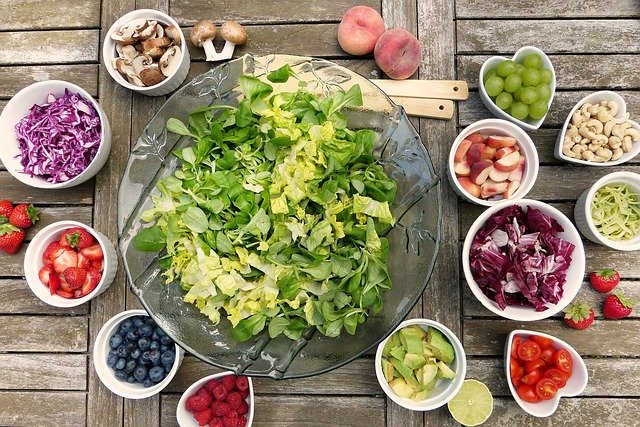
Bottom Line
High blood pressure or hypertension is a lifestyle disorder. A large number of adult men and women are suffering from hypertension throughout the world. It affects mainly middle-aged
and elderly people. Obese persons who lead a sedentary lifestyle, not doing physical exercise regularly, but habitually taking a high salt diet is are prone to pre-hypertension and hypertension.
In most countries of the world, people are habitually consuming an excess amount of salt than the requirement. Excess salt introduces excess sodium in our body which disrupts the body’s fluid and electrolyte balance and puts extra strain on kidneys. Directly extra salt intake increases blood pressure and indirectly increases the risk of getting cardiovascular diseases, renal disease, and dementia.
Reducing the daily salt intake decreases both systolic blood pressure and diastolic blood pressure. The greater the reduction in salt intake, the more the fall in blood pressure. The salt reduction also reduces the risk of heart attack, stroke, and heart failure. Daily intake of one teaspoon of table salt (5 to 6 grams of sodium chloride) can be taken safely. Processed foods, restaurant foods, etc. supplies a large amount of salt in our diets, so, frequency of taking these foods should be reduced as much as possible. Whenever they are taken, they should be taken in less amount.

